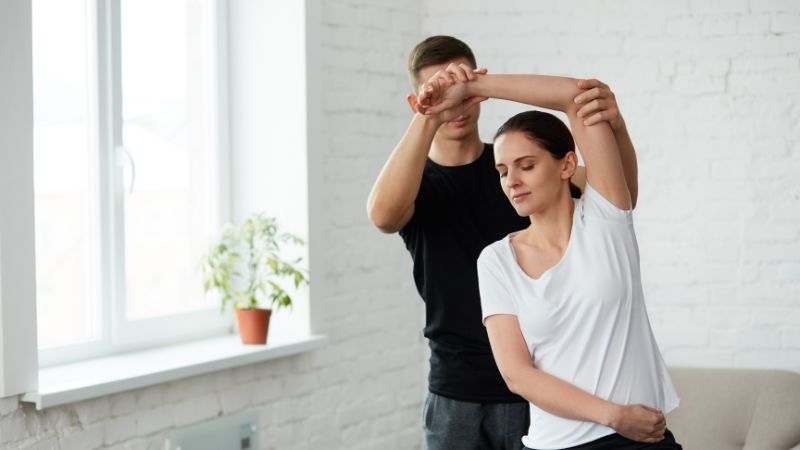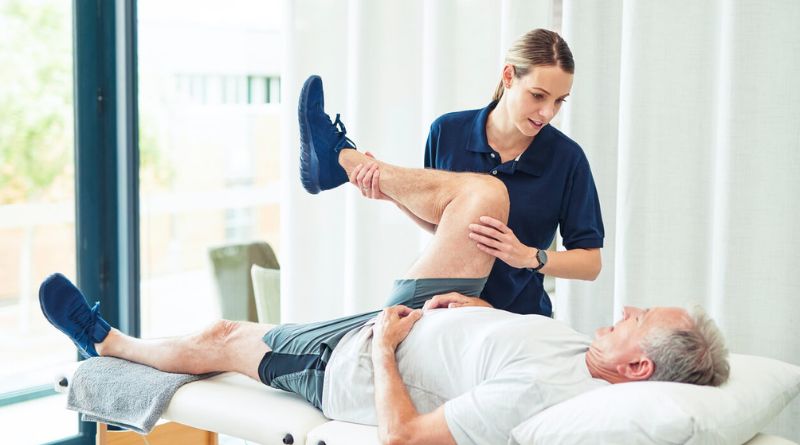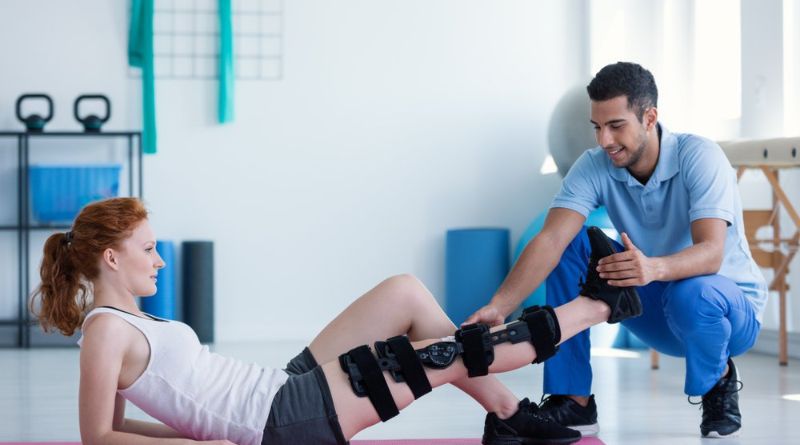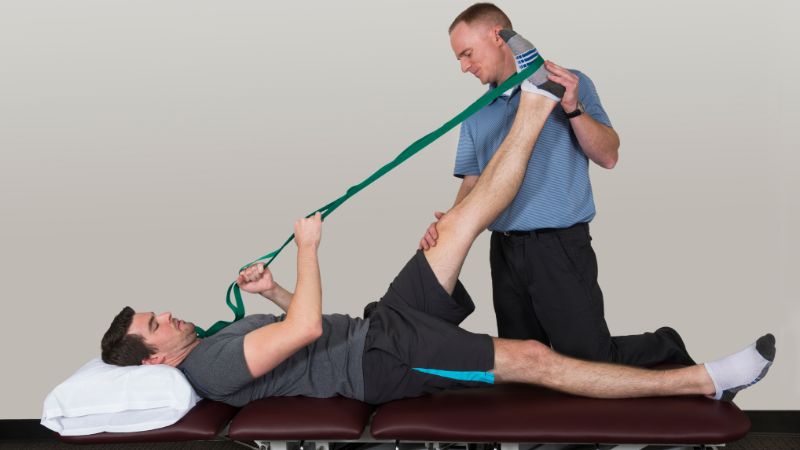Struggling with lower back pain can significantly diminish your quality of life, affecting everything from daily activities to sleep. While medications provide temporary relief, they often don’t address the underlying causes of pain. This is where physical therapy shines as a holistic approach to managing and alleviating lower back pain. Incorporating the Best Physical Therapy Exercises for Lower Back Pain Relief into your routine can strengthen muscles, improve flexibility, and promote better posture—all essential for supporting the spine and reducing discomfort. Whether you’re recovering from an injury, dealing with chronic pain, or looking to prevent future issues, these exercises are designed to target specific areas of weakness and imbalance, offering effective relief and long-term benefits for your lower back health.
Best Physical Therapy Exercises for Lower Back Pain Relief
1. Pelvic Tilts
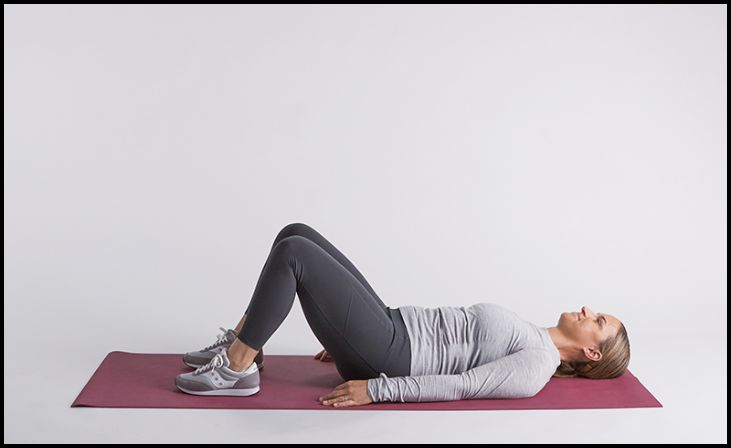
Pelvic tilts are foundational exercises in physical therapy for lower back pain relief. They target the core muscles, including the abdominals and lower back, which are crucial for spinal stability and support. By lying on your back with knees bent and feet flat on the floor, you can engage your abdominal muscles to gently tilt your pelvis backward, flattening your lower back against the floor. This action helps strengthen the muscles that support the spine and improve posture. Pelvic tilts are beneficial for individuals recovering from back injuries or surgeries, as they promote gradual strengthening without placing excessive strain on the spine. Consistent practice of pelvic tilts not only reduces lower back pain but also enhances overall core strength and stability, contributing to better spinal alignment and decreased risk of future injuries.
2. Bridge Exercise
Bridges are effective exercises for targeting the gluteal muscles, hamstrings, and lower back. By lying on your back with knees bent and feet flat on the floor, you can lift your hips off the ground while engaging your core muscles. This movement strengthens the posterior chain and improves stability in the lower back region. Bridges are particularly beneficial for individuals with weak gluteal muscles, which can contribute to lower back pain and poor posture. Regular practice of bridges not only strengthens these muscle groups but also helps alleviate pressure on the spine by promoting proper alignment and support. As a result, bridges are recommended as part of a comprehensive physical therapy program aimed at reducing lower back pain and enhancing functional movement patterns.
3. Cat-Cow Stretch
The cat-cow stretch is a dynamic exercise that improves flexibility and mobility in the spine, particularly the lumbar region. It involves transitioning between two positions: the cat position, where you round your back towards the ceiling and tuck your chin to your chest, and the cow position, where you arch your back and lift your head towards the ceiling. This gentle movement stretches the muscles along the spine, including the erector spinae and multifidus muscles, reducing tension and promoting relaxation. The cat-cow stretch is beneficial for individuals experiencing stiffness or discomfort in the lower back, as it enhances spinal fluid circulation and increases range of motion. Regular practice of this stretch as part of a warm-up or cool-down routine can help alleviate lower back pain and improve overall spinal health.
4. Child’s Pose
Child’s pose is a restorative yoga pose that stretches the muscles of the lower back, hips, and thighs while promoting relaxation and stress relief. To perform a child’s pose, kneel on the floor with your toes together and knees apart, then sit back on your heels and extend your arms forward, lowering your chest towards the floor. This gentle stretch lengthens the spine and releases tension in the lower back muscles, making it an ideal exercise for individuals with tightness or discomfort in this area. Child’s pose also helps improve flexibility and range of motion in the spine, which can contribute to reduced lower back pain over time. Incorporating a child’s pose into a daily stretching routine or after physical activity can provide significant relief and support ongoing lower back health.
5. Bird-Dog Exercise
The bird-dog exercise is a dynamic core stabilization exercise that targets the muscles of the lower back, abdominals, and glutes. By starting on your hands and knees in a tabletop position, then extending one arm forward and the opposite leg backward while maintaining a neutral spine, you can improve balance, coordination, and strength in the core muscles. Bird-dog exercise is particularly beneficial for individuals with weak abdominal or lower back muscles, as it promotes spinal stability and reduces the risk of injury. Regular practice of bird-dog exercise helps enhance proprioception and muscular endurance, contributing to improved posture and reduced lower back pain. By incorporating bird-dog exercise into a comprehensive physical therapy program, individuals can strengthen core muscles and support proper spinal alignment for long-term lower back health.
Also Read: 9 Key Benefits of Physical Therapy for Chronic Pain Management
6. Partial Crunches
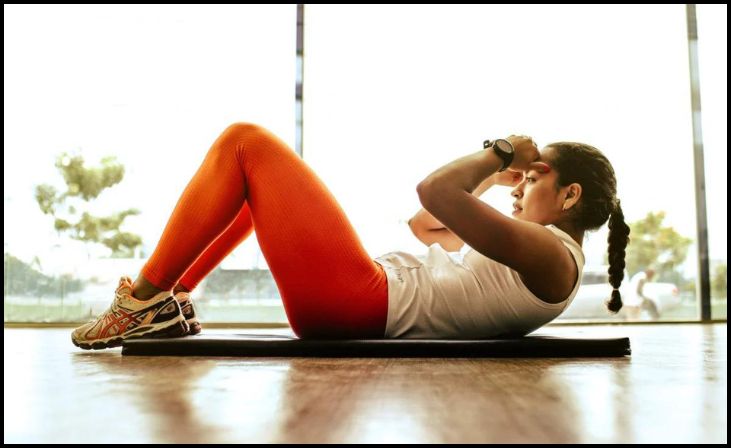
Partial crunches are abdominal strengthening exercises that specifically target the rectus abdominis muscle, which plays a key role in supporting the lower back and maintaining proper posture. To perform partial crunches, lie on your back with knees bent and feet flat on the floor, then cross your arms over your chest or place hands behind your head (without pulling on your neck). Engage your core muscles and lift your shoulders off the floor, curling towards your knees while keeping your lower back pressed into the floor. Partial crunches help build strength in the abdominal muscles, reducing strain on the lower back and improving overall spinal stability. Regular practice of partial crunches as part of a structured exercise routine can enhance core strength, alleviate lower back pain, and support healthy movement patterns.
7. Knee-to-Chest Stretch
The knee-to-chest stretch is a gentle exercise that stretches the muscles of the lower back, buttocks, and hips, promoting flexibility and reducing tension. By lying on your back with knees bent and feet flat on the floor, you can bring one knee towards your chest while holding it with both hands. This action elongates the lower back muscles and increases circulation, providing relief from stiffness and discomfort. The knee-to-chest stretch is beneficial for individuals with tightness or limited range of motion in the lower back, as it helps relax and lengthen the muscles while improving flexibility. Regular practice of this stretch, alternating between each leg, can help alleviate lower back pain and support overall spinal health.
8. Seated Lumbar Flexion Exercise
Seated lumbar flexion exercises are designed to gently stretch and mobilize the muscles of the lower back, improving flexibility and reducing stiffness. By sitting on a chair with feet flat on the floor and hands resting on your thighs, you can slowly bend forward from the hips, reaching towards your feet or as far as comfortable. This movement lengthens the spine and stretches the muscles along the lower back, promoting relaxation and increasing range of motion. Seated lumbar flexion exercises are beneficial for individuals experiencing tightness or discomfort in the lower back, as they help release tension and improve overall flexibility. Regular practice of seated lumbar flexion exercises can contribute to reduced lower back pain and enhanced spinal health over time.
9. Piriformis Stretch
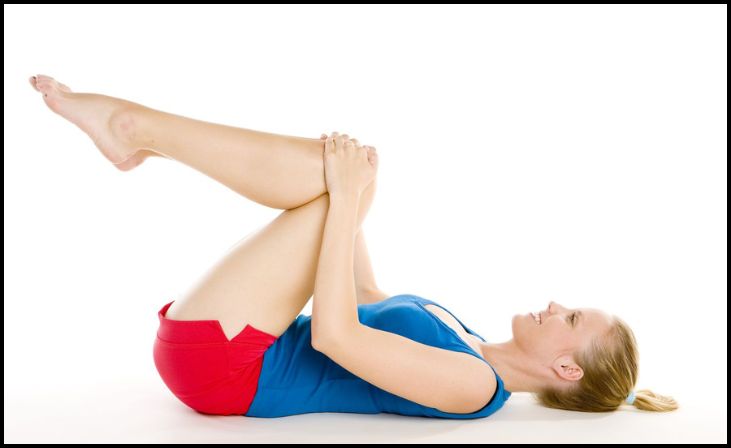
The piriformis stretch targets the piriformis muscle, located deep in the buttocks, which can contribute to lower back pain when tight or inflamed. To perform the piriformis stretch, lie on your back with knees bent and feet flat on the floor, then cross one ankle over the opposite knee to form a figure-four shape. Grasp the back of your thigh and gently pull towards your chest until you feel a stretch in your buttocks and hip area. After 20 to 30 seconds of holding the stretch, swap legs and repeat the movement on the other side. The piriformis stretch helps release tension in the piriformis muscle, alleviate pressure on the sciatic nerve, and provide relief from lower back pain and discomfort. Regular practice of this stretch can improve flexibility, reduce muscle tightness, and support overall lower back health.
Conclusion
Incorporating these nine best physical therapy exercises for lower back pain relief into your daily routine can significantly improve your quality of life by strengthening muscles, enhancing flexibility, and promoting spinal health. Each exercise targets specific muscle groups to alleviate tension and reduce discomfort, providing both immediate relief and long-term benefits. Consistency is key; practicing these exercises regularly, under the guidance of a physical therapist if needed, can help prevent future episodes of lower back pain and support overall well-being. By taking proactive steps to strengthen your core, improve posture, and increase flexibility, you empower yourself to manage and reduce lower back pain effectively.
FAQs
How often should I do these exercises for lower back pain relief?
Perform these exercises 2-3 times per week initially, gradually increasing frequency and repetitions as your strength and flexibility improve. Consistency is key to achieving lasting relief from lower back pain.
Can I do these exercises at home without any equipment?
Yes, all the exercises listed can be performed at home with little to no equipment. You may need a mat or comfortable surface for some exercises, but no specialized equipment is necessary.
Are these exercises safe for everyone, including beginners?
Most of these exercises are gentle and suitable for beginners. Start slowly and listen to your body’s feedback. If you have any concerns or existing health conditions, consult with a physical therapist or healthcare provider before starting a new exercise regimen.

